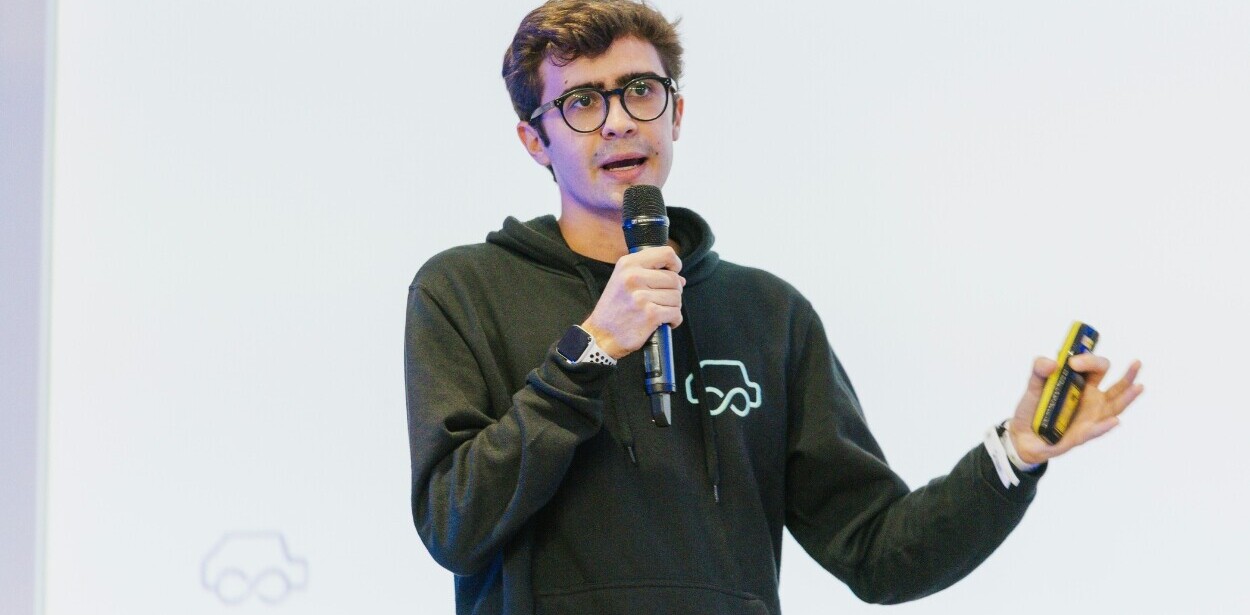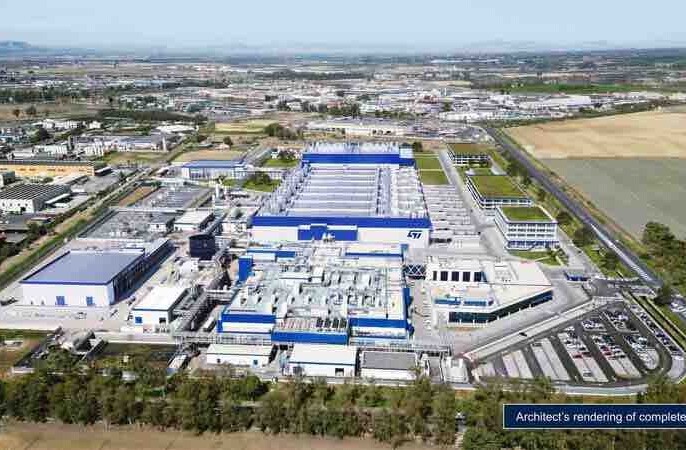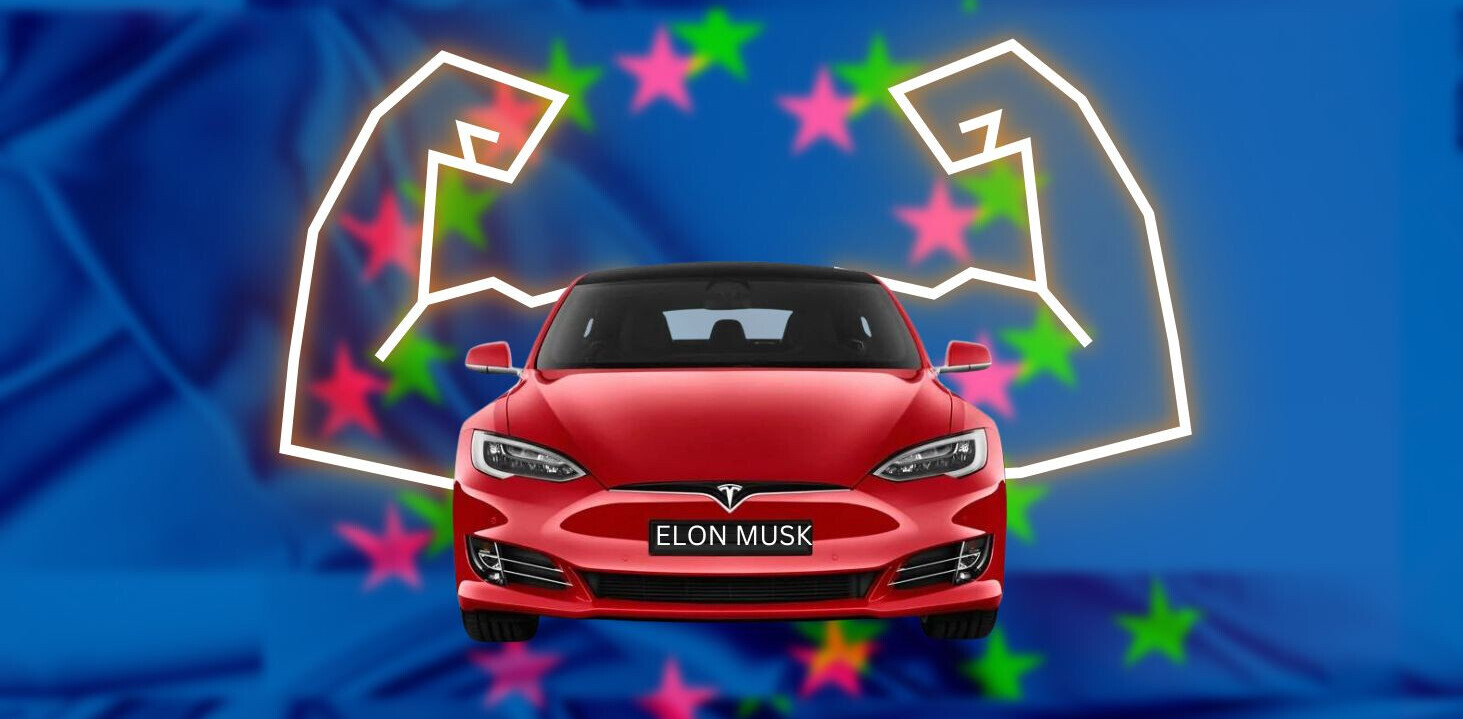
When the first Tesla fire happened, the company’s previously golden stock plummeted. Luckily, it was able to do some quick and massive damage control, and helped that the driver was a big investor in the company.
However, when news of a second fire spread across the media like – well, wildfire – stock values for the firm fell at an unprecedented rate and it was feared they might not recover. When the third fire happened, that was the final straw.
There are some key lessons to learn from these events. Once, the stock prices were rising at an incredible rate, and there seemed to be no end in sight; however, the quality of the product became Tesla’s undoing. No matter what kind of startup you have on your hands, here are a few lessons you can take from Tesla so you don’t make the same mistakes.
Transparency has a place
Tesla is still a leader, and startups should look towards the giant as an example of “do as I say, not as I do” for the time being. Be upfront about potential product problems from the get-go.
There’s no way to know for sure just how much information Tesla executives had about the potential fire trouble. But if there they had any advance knowledge of it at all, it should have been shared with everyone, from investors to consumers.
Honesty is the best policy, and any kinks should have been worked out before Teslas hit the highways. At the very least, adequate warnings should have been in place.
Claim responsibility
It’s easy to try and toss someone (or something) under the proverbial bus when things go awry, and it didn’t help that the first Tesla fire included a driver who had his best interests at heart (which also meant protecting the image). But when a company steps up to the plate and takes responsibility right away, that’s the best form of damage control.
Don’t make excuses, don’t point fingers, and don’t make empty promises that can’t be kept. Accepting blame and making a real effort to prevent something similar from happening again is the best way to stop the media firestorm, even before it happens.
Don’t argue
Some critics will immediately jump on any mistakes, and it’s easy to get caught up in arguments. When such arguments take place before the media, however, it becomes an ugly display of dirty laundry.
Contrary to the popular maxim, not all publicity is good publicity when the quality of a product is at the core of the uproar. It can be difficult, but keep your lips sealed after accepting responsibility and issuing an apology. Hot-tempered people feed off of the energy you give them, so douse them with your silence instead.
Take control of media coverage
It may not seem like it, but you actually have a lot more sway when it comes to media coverage than you imagine; it’s the journalist’s job to dig into the meat of a story, and whatever you supply – for better or for worse – is often the only ammunition they have. Stay ahead of the curve by providing great publicity, working with charities, and highlighting the good sides of your startup and products.
If something akin to a Tesla fire happens down the road for your company, don’t talk to the media without having a plan of action (POA). Ideally, you should hire a PR agent to talk to the media on your behalf so you can be sure nothing will slip out that you don’t want blasted across media channels.
Make improvements public
It’s one thing to promise that product enhancements will be made; it’s another step to actually do them, and in a prompt manner.
Don’t slip up on the last part of your promise and fail to publicize the improvements. Some startups shy away from this because they fear it will remind everyone of the initial mistake and they’d rather keep that buried.
This isn’t a wise move. You can promote all of the positive changes without actually mentioning the initial faults, and this is where a keen marketing department can come into play. You need to believe just as much in this new product as the original one and pony up the same marketing efforts with each round.
It’s too soon to tell whether Tesla will fully recover from this, but it’s clear that it still has loyal supporters who are willing to defend the company. This is proof that a beloved product was (is) on the market, and Tesla has the support to make the necessary changes.
As a startup, it’s best to learn from others’ mistakes, and Tesla can be a great teacher.
Get the TNW newsletter
Get the most important tech news in your inbox each week.




